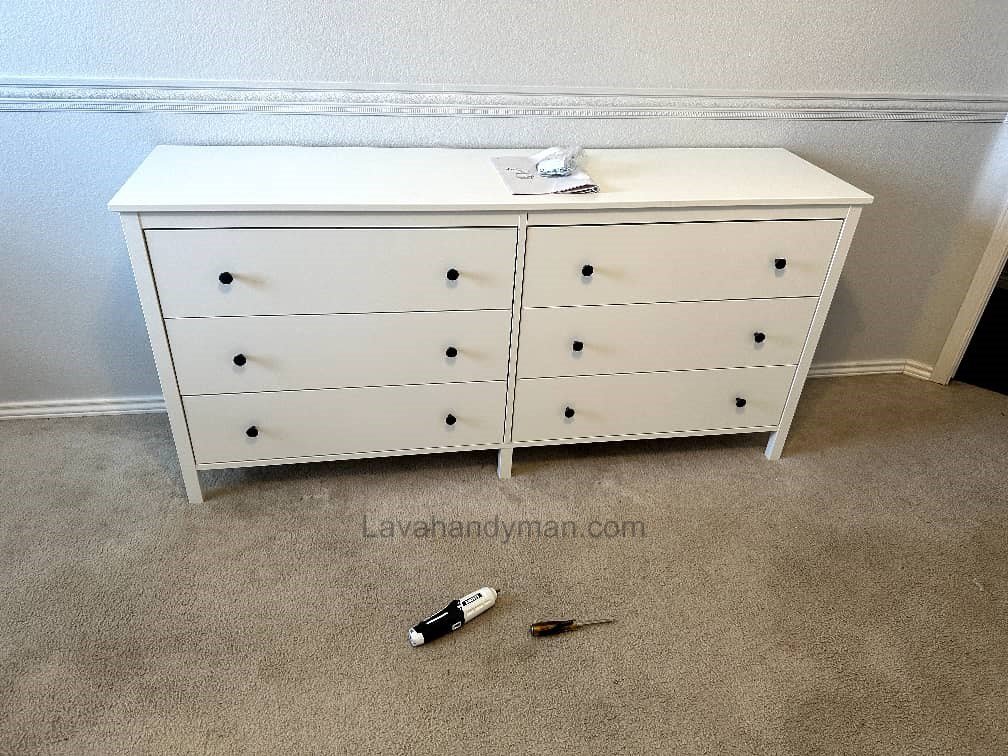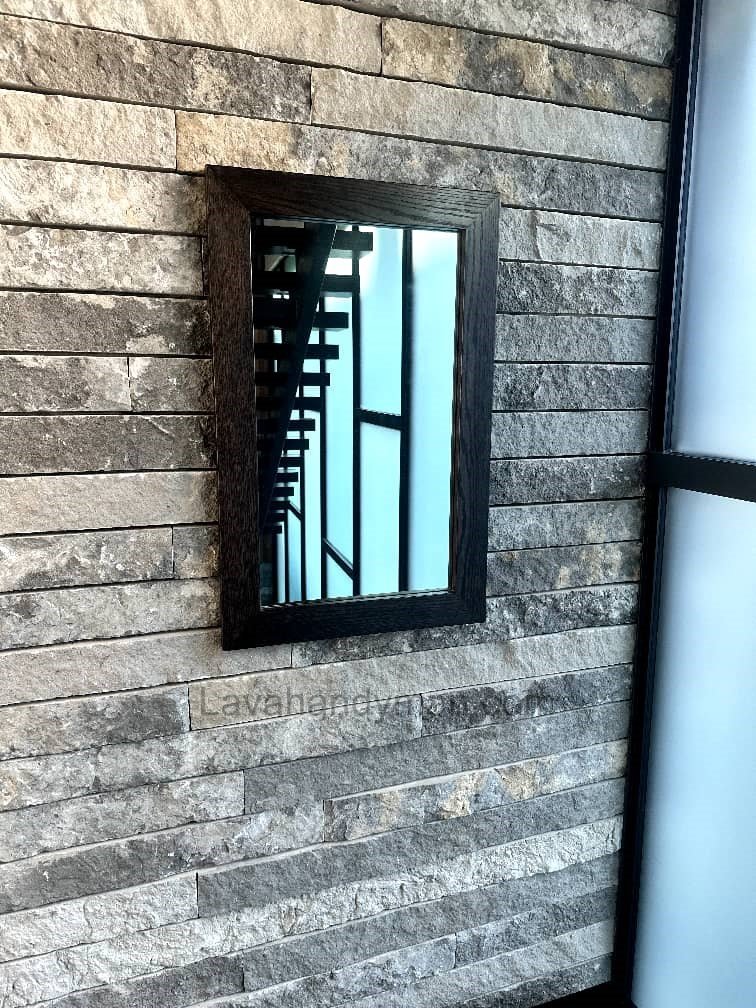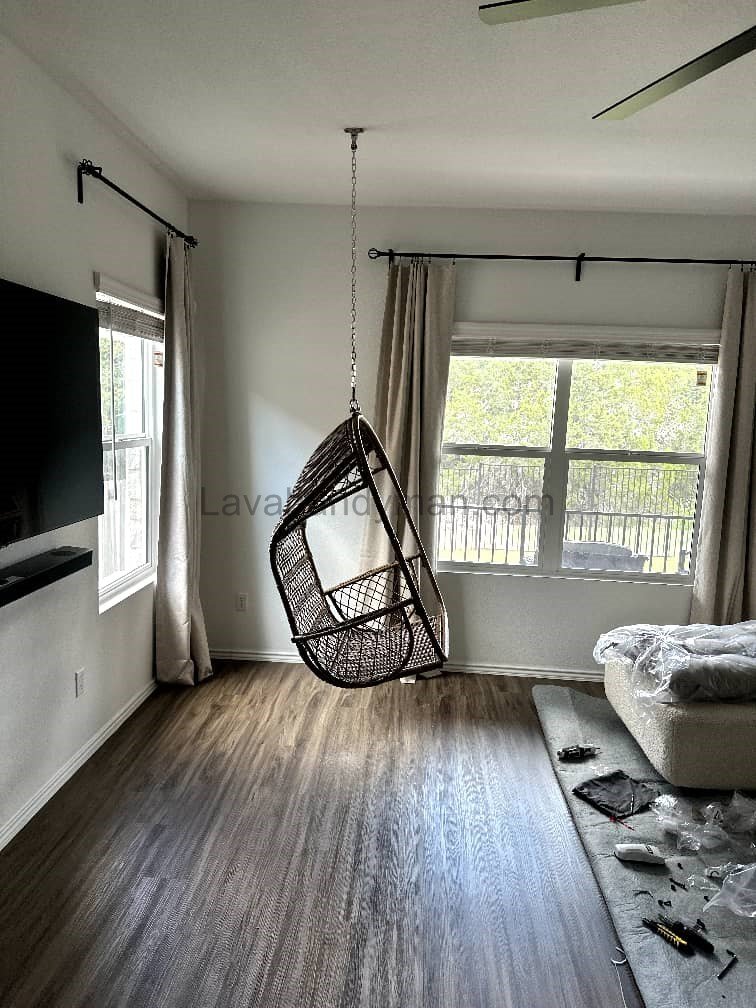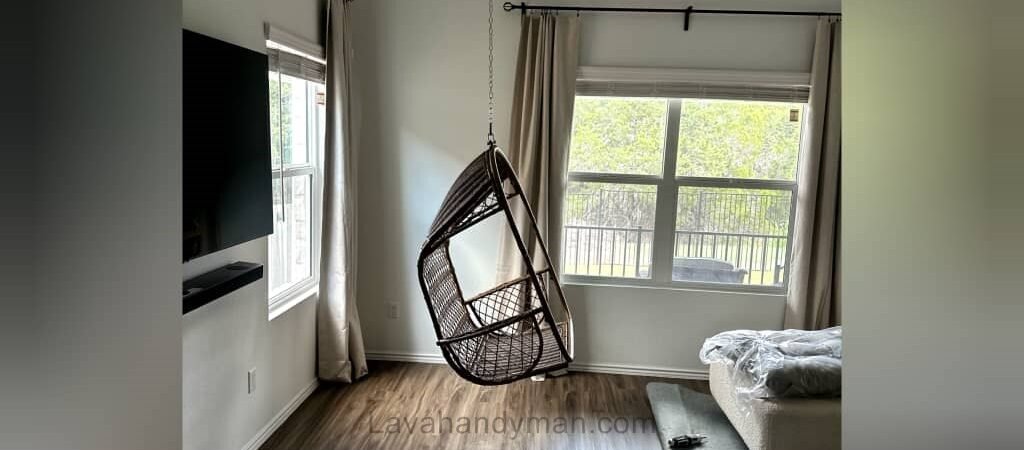Event Hall Decor: Expert Techniques for Stunning Assembly
Introduction
Event halls are spaces where beauty, order, and grandeur play a crucial role. Every detail in the design and execution of decor can significantly impact guests’ experiences. The decoration of a hall is the first impression guests take away, making it essential in creating a memorable event.
One of the most critical aspects of preparing a hall is decorative assembly, a process that involves the installation, arrangement, and coordination of decorative elements. Decorative assembly is not just about placing items together; it is a combination of art, design, engineering, and meticulous attention to detail, resulting in a beautiful, safe, and event-appropriate environment.
In this article, we explore the concept of decorative assembly, its importance, the execution steps, the tools used, and key considerations, providing a comprehensive and practical guide.

The Concept and Importance of Decorative Assembly
The term “assembly” refers to putting parts together to form a cohesive whole. In event halls, decorative assembly is the process by which designers and decorators arrange various decorative elements to maintain visual harmony, beauty, and grandeur in the space.
The importance of decorative assembly can be summarized in several key points:
- Creating a Visual Identity: Proper assembly defines the hall’s style and identity.
- Psychological Impact on Guests: The combination of color, lighting, and arrangement can evoke feelings of comfort, joy, or elegance.
- Increasing Economic Value: Halls with professional and adaptable decor tend to be more popular and can command higher rental rates.
- Flexibility in Design: Proper assembly allows for quick transitions between different styles (classic, modern, minimalistic).
Event Hall Decor
The Role of Decorative Assembly in Guest Experience
A beautiful decor can transform an event into an unforgettable experience. Precise assembly ensures that guests feel immersed in a visually stunning environment from the moment they enter until the event concludes.
Examples include the installation of backdrops, floral arrangements, lighting, seating arrangements, and fabric selection. Without careful planning, the result may appear disorganized or visually unappealing.
Thus, decorative assembly not only enhances aesthetics but also shapes the emotional experience of guests.
Tools and Materials Used
Tools and materials for decorative assembly vary depending on the decor and hall. Commonly used items include:
- Metal or wooden frames: To support main decor elements such as backdrops or stages.
- Fabrics and drapes: Satin, velvet, chiffon, and other materials.
- Professional lighting: String lights, colored projectors, hidden lights, and decorative lamps.
- Natural or artificial flowers: For tables, walls, and entrances.
- Small decorative elements: Candles, vases, mirrors, and chandeliers.
- Installation tools: Screws, clamps, industrial adhesives, and metal fasteners.
Event Hall Decor
Key point: Materials should match the space and weight requirements to ensure structural safety and stability.
Steps in Decorative Assembly
The decorative assembly process generally follows these steps:
1. Space Assessment and Requirement Analysis
The team first examines the hall’s dimensions, ceiling height, wall colors, pathways, and natural light. Based on the event type and style, an initial design plan is created.
2. Design and Material Selection
Designers create the layout using software or sketches, choosing fabrics, colors, lighting, and finishing details.
3. Component Preparation
Event Hall Decor
Frames, fabrics, and decorative items are cut and prepared according to the hall’s dimensions. Precision and quality are crucial at this stage.
4. Installation of Main Structures
The main frames and supports are installed, forming the foundation for the entire decor. Leveling and structural integrity are essential.
5. Fine Decoration
Floral arrangements, lighting, and other details are added to the main structure. Color coordination and visual balance are finalized.
6. Final Review and Adjustments
The team inspects the decor for guest sightlines, lighting, harmony, and safety, making necessary adjustments before the event.
Design Principles in Decorative Assembly
Event Hall Decor
Applying design principles is critical in decorative assembly:
- Color Harmony: Colors must match the theme, season, and lighting of the hall.
- Balance and Symmetry: Symmetry creates visual calm and appeal.
- Material Texture: Combining different materials (metal, wood, fabrics) adds depth and interest.
- Proper Lighting: Lighting should illuminate the space and emphasize key focal points.
- Coordination with Sound and Music: Visual arrangements should complement the event’s rhythm and audio system.
Safety and Technical Considerations
No matter how stunning the decor, safety is paramount. Key considerations include:
- Using sturdy fasteners to prevent falls.
- Maintaining safe distances between electrical equipment and fabrics.
- Checking weight and load-bearing capacity of structures.
- Ensuring stability against vibrations or sudden movement.
- Conducting technical inspections before the event begins.
Event Hall Decor

Challenges and Solutions
Decorative assembly often faces challenges:
- Limited time for setup: Use modular or pre-prepared structures for faster installation.
- Last-minute design changes: Prepare alternative layouts and maintain flexibility in element placement.
- Budget constraints: Utilize creative, cost-effective materials that remain visually impressive.
- Transportation difficulties: Design structures to be foldable or sectional for easier handling.
Step-by-Step Decorative Assembly in Event Halls
1. Assessing the Event Hall
Goal: Gain a clear understanding of the hall before starting the assembly.
Event Hall Decor
- Measure the length, width, height, and entry pathways.
- Check natural and artificial lighting, including windows and existing fixtures.
- Identify columns, walls, and other fixed structures in the hall.
- Determine event requirements: number of guests, type of ceremony, and decor style (classic, modern, minimalistic).
Result: An initial floor plan and awareness of limitations and available resources.
2. Designing and Selecting the Decor Plan
Goal: Prepare the layout and final decor style.
- Create a general layout using software or sketches.
- Select colors, fabrics, flowers, lighting, and decorative elements.
- Ensure the design matches the event style and budget.
- Prepare alternative options in case of last-minute changes.
Note: The design should balance aesthetics, harmony, and functional use of space.
Event Hall Decor
3. Preparing Components and Materials
Goal: Get all components ready before installation.
- Cut fabrics and prepare flowers and decorative items.
- Pre-assemble frames and supporting structures.
- Inspect quality and safety of components before moving them to the hall.
Note: Care in this step saves time and prevents installation mistakes.
Event Hall Decor
4. Installing Main Structures
Goal: Build a stable foundation for the entire decor.
- Install frames and structures for backdrops, entrances, stages, and tables.
- Level the structures using precise tools (spirit levels, measuring tapes).
- Ensure structural strength and the capacity to support decorations.
Note: This step forms the base of the entire assembly and requires high precision.
5. Installing Decorations and Final Details
Goal: Create a complete and visually appealing setup.
Event Hall Decor
- Hang fabrics and drapes on the structures.
- Arrange flowers, candles, mirrors, and other decorative elements.
- Set up primary and accent lighting to highlight key areas.
- Ensure harmony in colors, textures, and forms.
Note: Small details have a big impact on the final look, and creativity is most visible in this stage.
6. Final Review and Adjustments
Goal: Ensure completeness and safety of the decor.
- Inspect the setup from guest viewpoints.
- Adjust lighting angles and arrangement of tables and chairs.
- Check connections and structural stability.
- Clean and prepare the hall for the event.
Note: Even minor adjustments can dramatically enhance the hall’s appearance and guest experience.
Event Hall Decor
Summary
The key steps in decorative assembly are:
- Assessing the event hall
- Designing and selecting the decor plan
- Preparing components and materials
- Installing main structures
- Installing decorations and final details
- Final review and adjustments
Event Hall Decor
Following these steps ensures the hall decor is beautiful, organized, and safe, providing a memorable experience for guests.
Types of Brackets Used in Event Hall Decorative Assembly
In decorative assembly for event halls, various brackets and fasteners are used to make elements secure, safe, and easy to install. The choice of bracket depends on the weight of the decor, the material of the structure, and the installation location.
1. L-Brackets
- Use: Connecting 90-degree corners in frames and structures.
- Advantages: Easy installation, high strength, suitable for table bases, backdrops, and wall decorations.
- Features: Can support medium to heavy weight.
Event Hall Decor
2. T-Brackets
- Use: Joining perpendicular components or supporting tall structures.
- Advantages: Increases stability of vertical and column-based structures.
- Features: Commonly used in metal or wooden frames.
3. Z or Corner Brackets
- Use: Mounting frames, panels, or decorative boards on walls.
- Advantages: Quick installation and easy removal or relocation without damaging the wall.
- Features: Ideal for temporary or modular decor.
4. U-Brackets (Channel Brackets)
- Use: Supporting bases, columns, and horizontal beams.
- Advantages: Prevents slipping and maintains level alignment.
- Features: Especially useful for lightweight or modular metal frames.
Event Hall Decor
5. Latch Brackets
- Use: Foldable or portable decor structures.
- Advantages: Quick installation, can be opened and closed without extra tools.
- Features: Perfect for structures that need frequent relocation.
6. Ceiling & Wall Mount Brackets
- Use: Installing chandeliers, hanging fabrics, string lights, or backdrops.
- Advantages: High weight capacity, adjustable height and lighting angles.
- Features: Usually made of metal and installed with screws and anchors.
Event Hall Decor
Key Points for Choosing Brackets
Safety: Always use standard, high-quality brackets to prevent accidents.
Weight of the decor: The bracket should support at least 20–30% more than the structure’s weight.
Material of the structure: Metal for heavy decor, plastic or aluminum for lightweight decor.
Type of installation: Latch brackets for temporary setups; fixed brackets for permanent installations.
Conclusion
Decorative assembly is a blend of art, experience, and technical precision. A successful assembly creates a space that is visually stunning, safe, and functional.
Proper decor enhances the hall’s appearance and provides a memorable experience for guests. Decorative assembly is the heart of any event hall, where creativity, organization, and coordination come together to create an enchanting environment.
📞 Need Help?
Let us take care of the hard work while you sit back and relax.
📍 Serving: Austin, Round Rock, Cedar Park & more
📱 Call or Text: (737) 420-6992
🌐 Visit: https://lavahandyman.com


